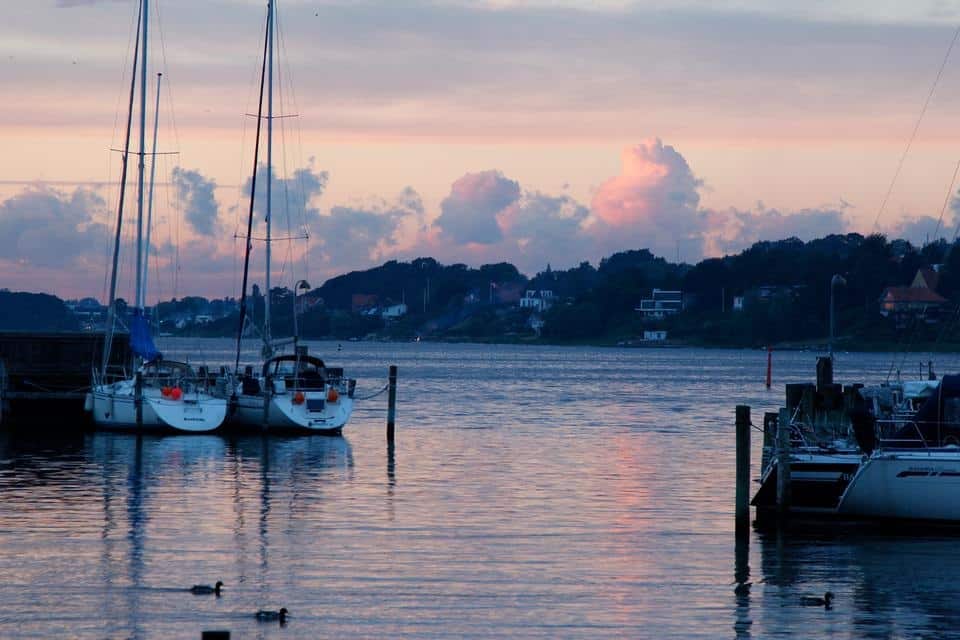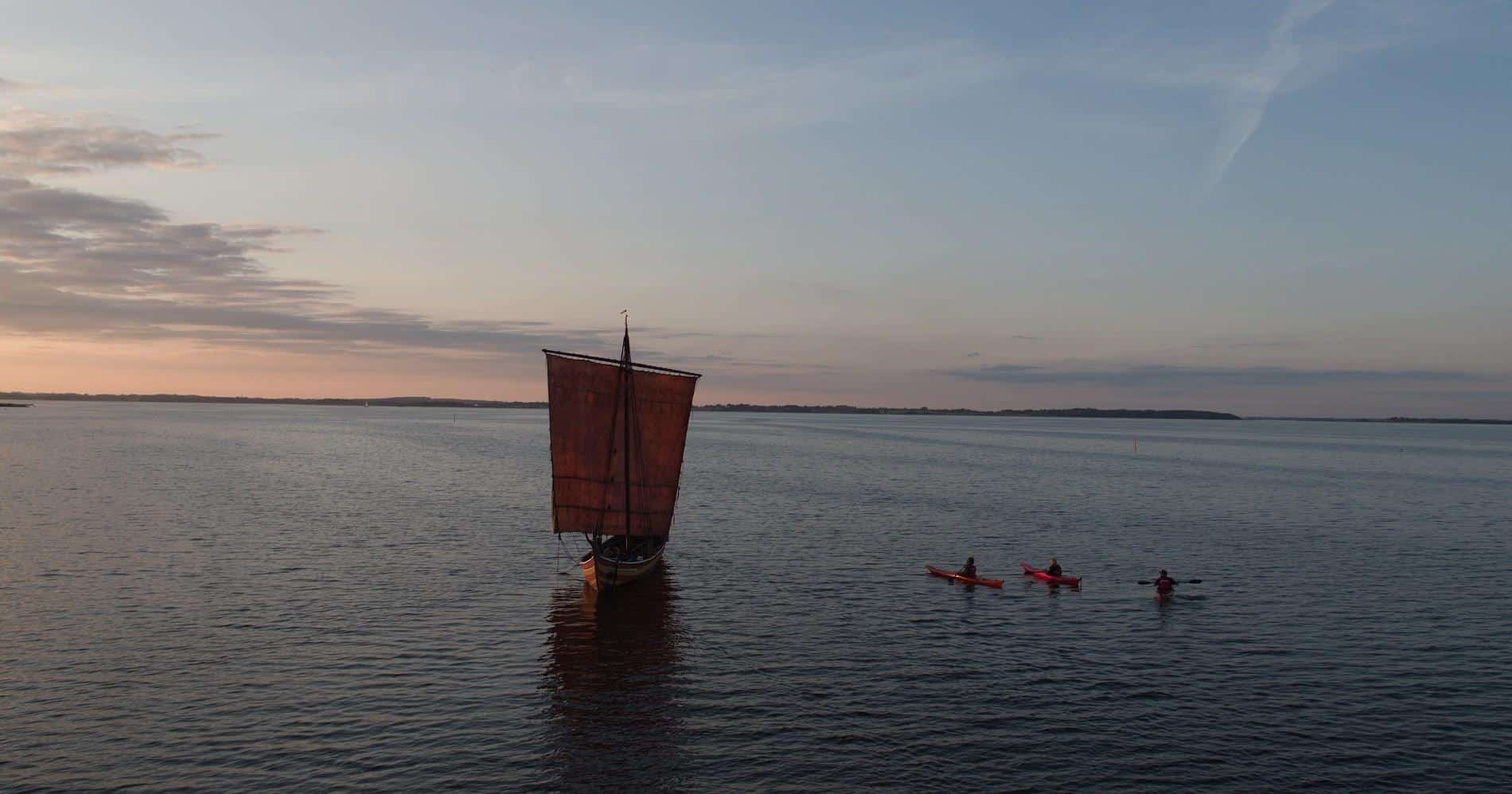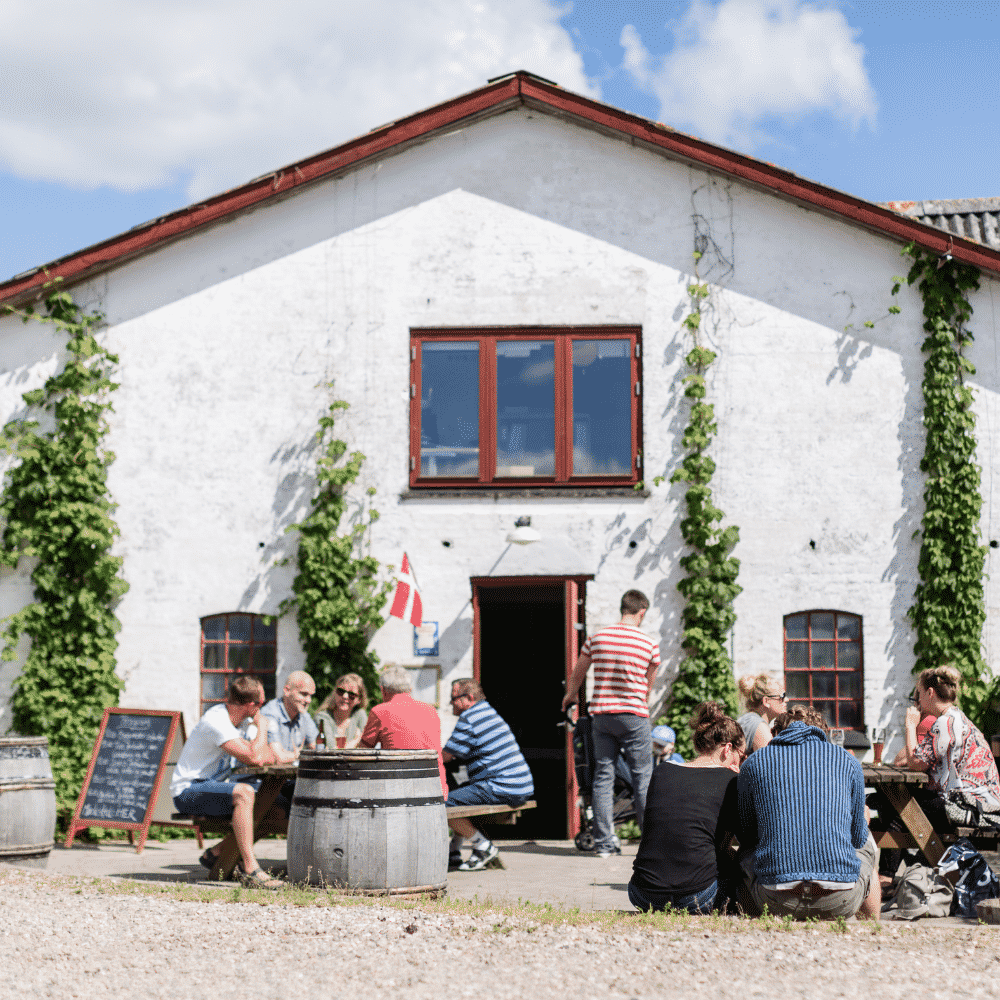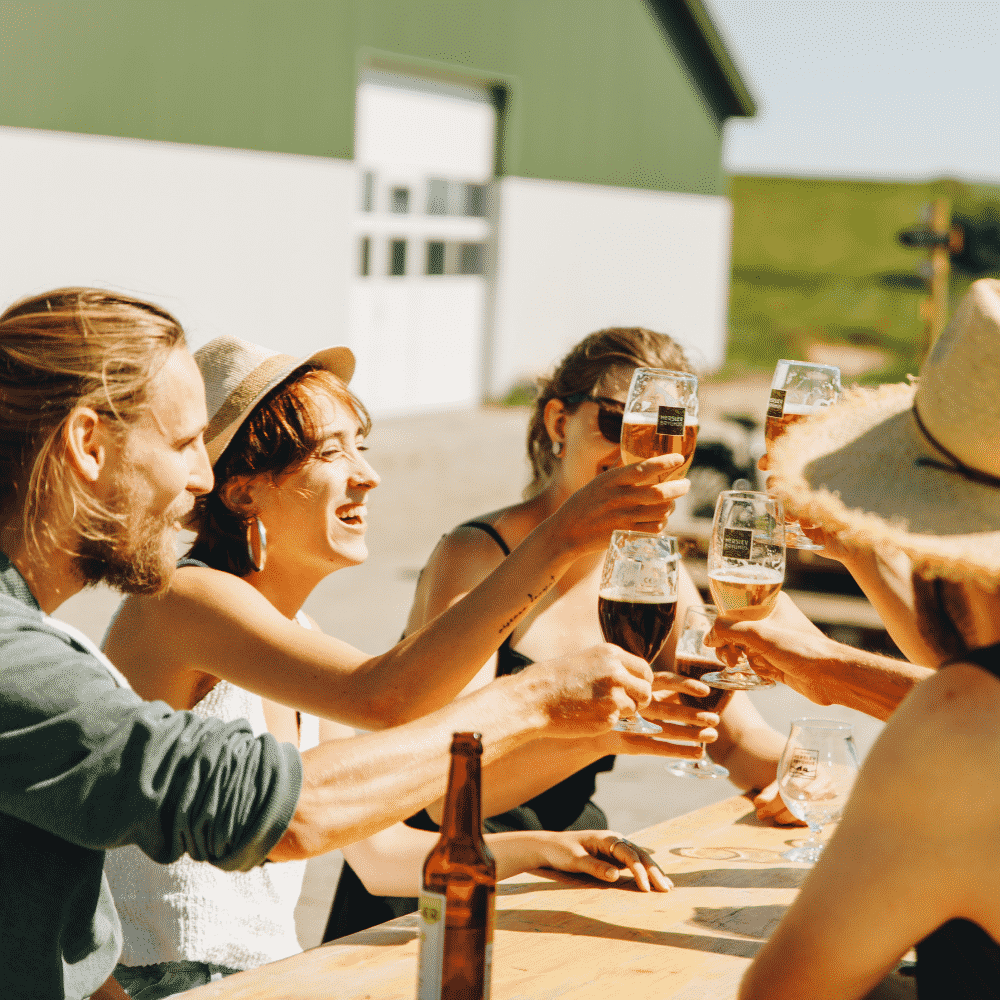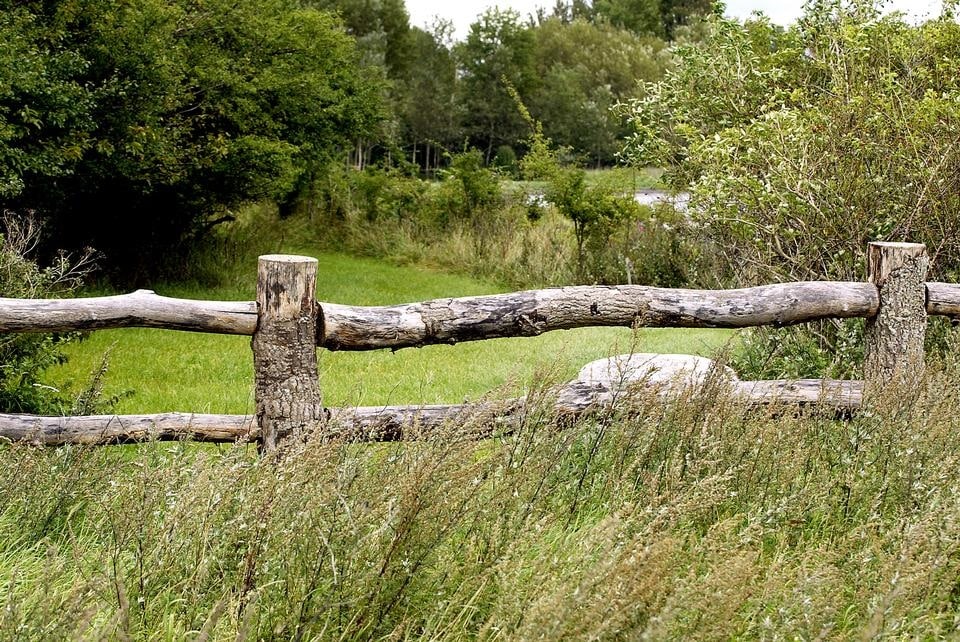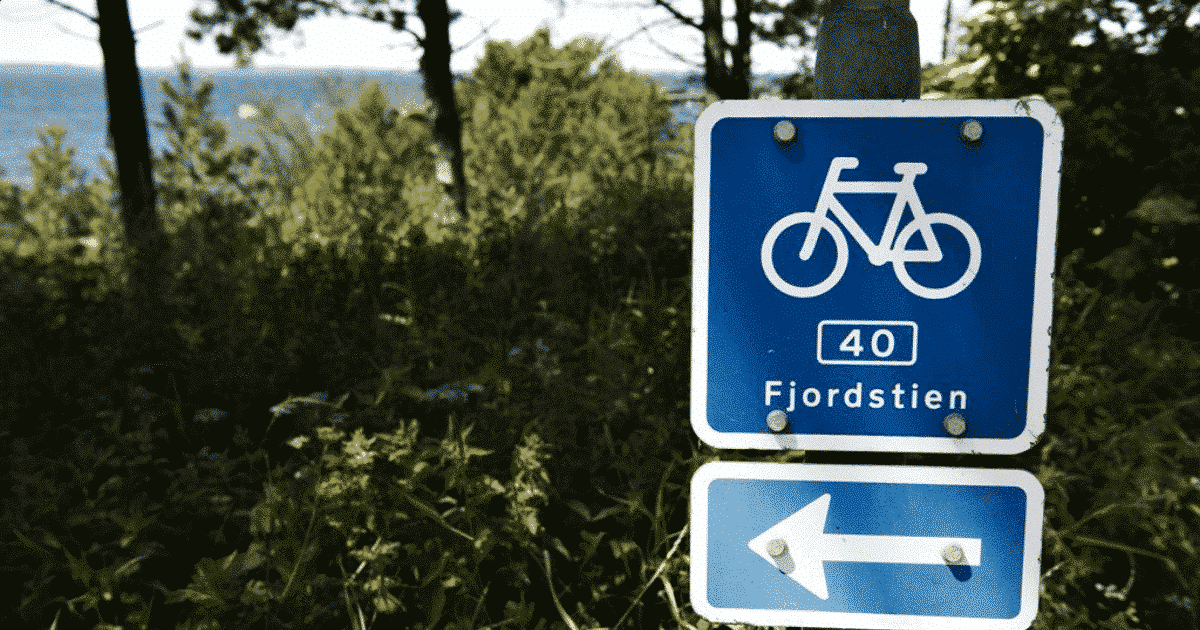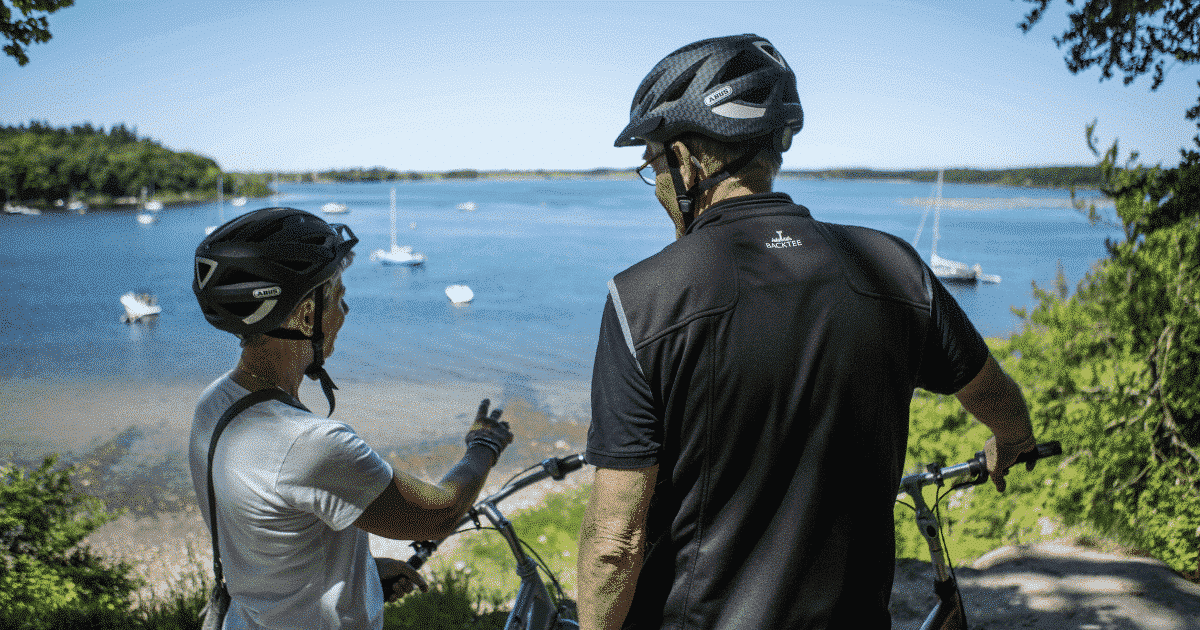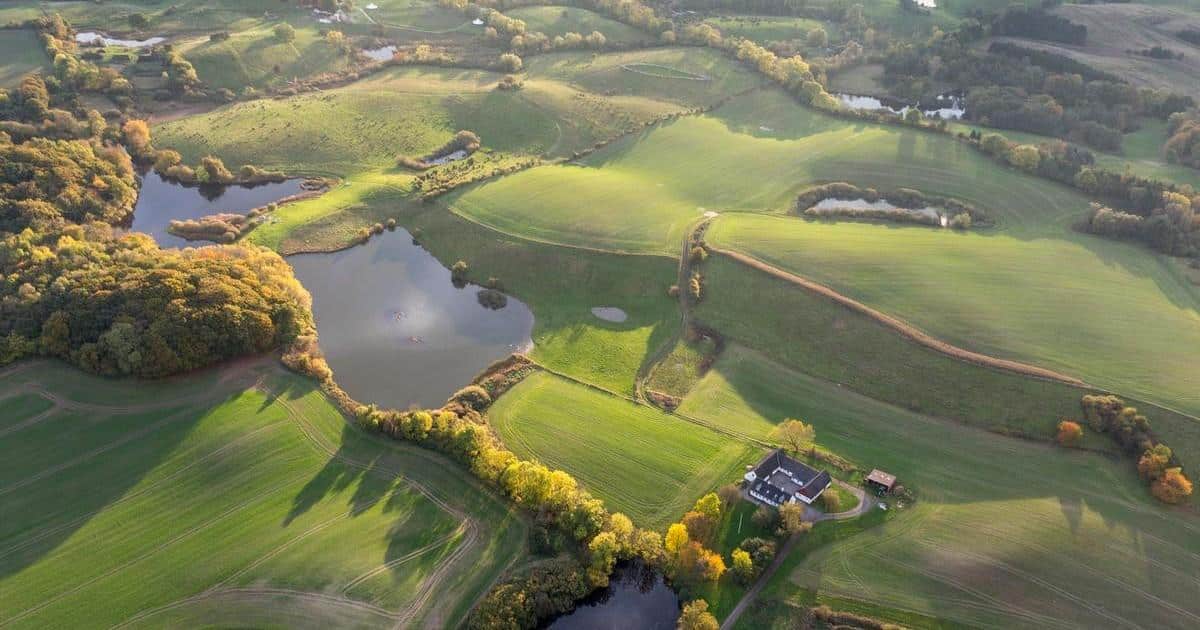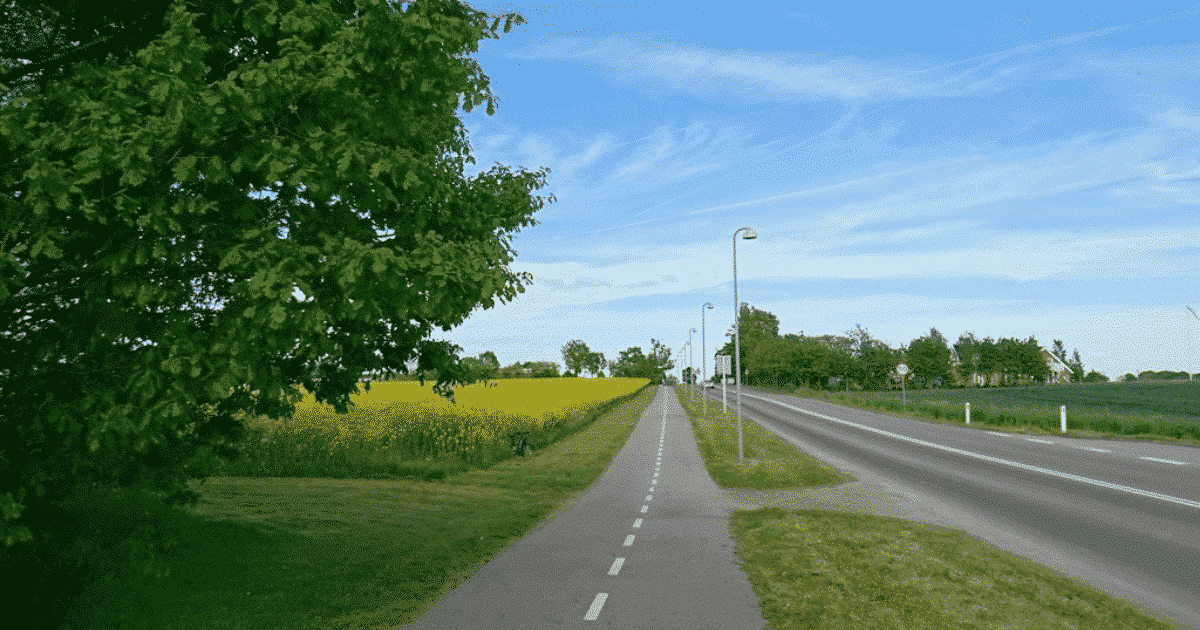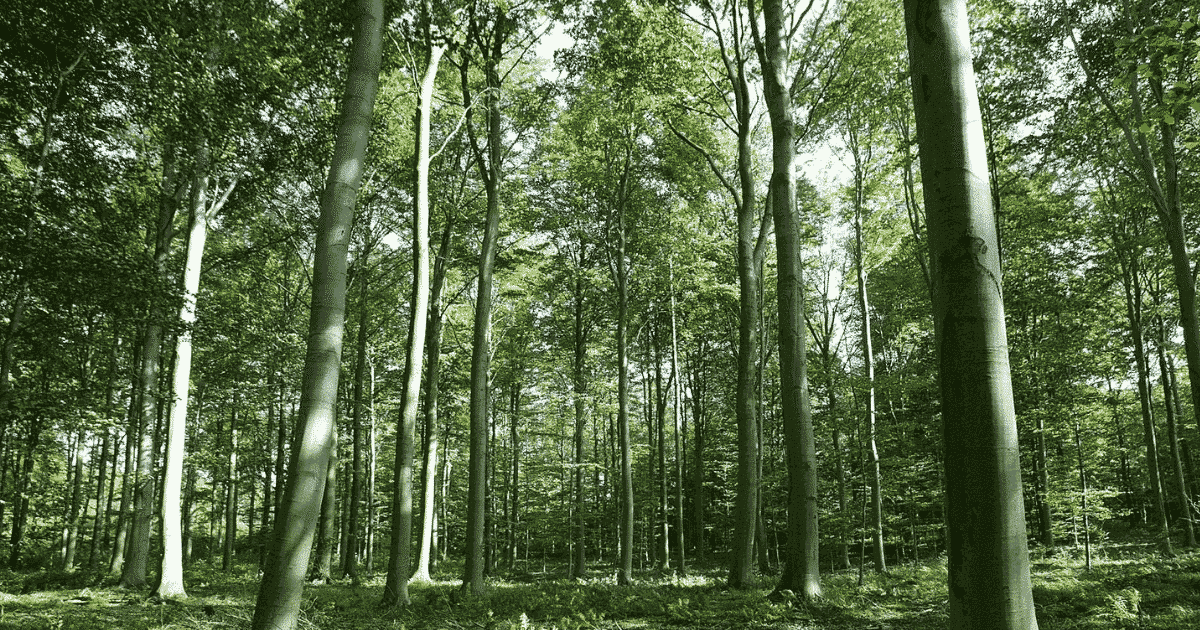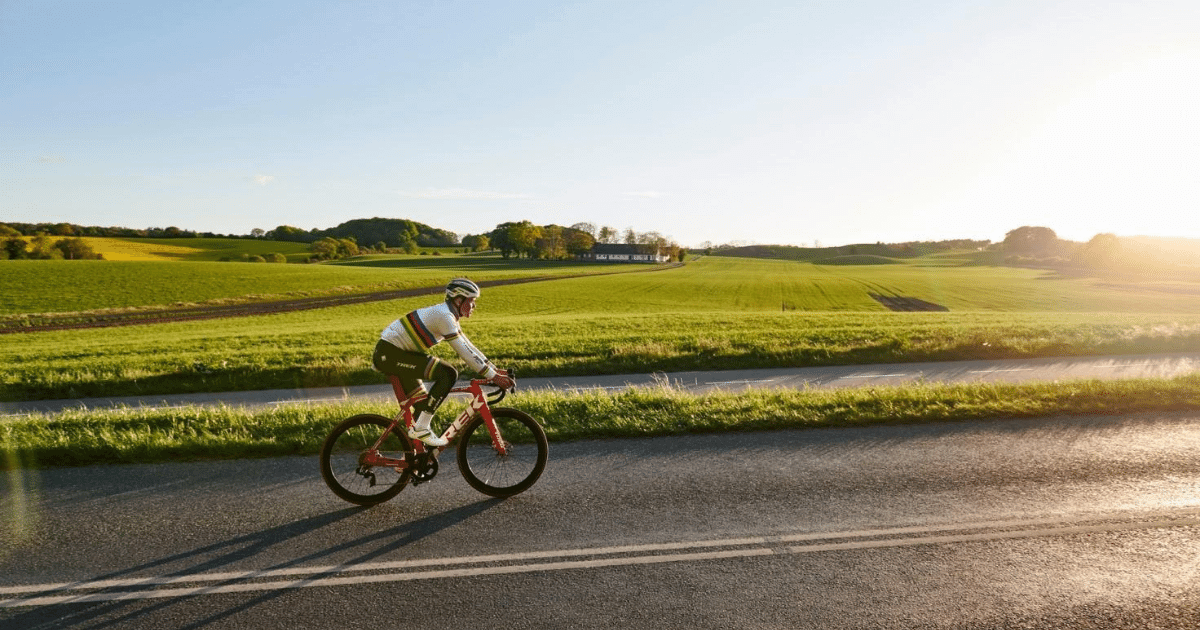Fjordstien: Fjordlandets smukkeste cykel og vandrerute
I lige linje foran cykelstyret ligger store og små sejlskibe på rad og række, og lyden af liners klikken imod master slår en maritim tone an. Vandet og fjorden spiller en central rolle på turen, som begynder på Roskilde Havn. Men det er cyklen og ikke skibene, der er transportmidlet, selvom en lille del af ruten skal tilbagelægges ad vandvejen. Det skal vi vende tilbage til.
Ruten foran os går via Fjordstien, R40, som ifølge rejseportalen Momondo går igennem et af Sjællands mest naturskønne områder rundt om Isefjorden, Lammefjorden, Holbæk Fjord og Roskilde Fjord. I sin fulde længde er Fjordstien 275 kilometer lang og består af både gamle vejanlæg og nyanlagte stier, der alle er til at klare for cykelryttere på alle niveauer og for dem, der vælger at tage turen til fods. Vi sætter cyklerne i bevægelse, og inden længe er byen og havnen en verden bag os.
Vikinger i horisonten
Grusstien følger vandkanten, og der dufter friskt af saltvand. På det første stykke skal man ikke blive overrasket over at fange silhuetten af et vikingeskib ud ad øjenkrogen, for de besøgende på Vikingeskibsmuseet i Roskilde i bunden af fjorden kan få lov at prøve kræfter med at ro i små vikingeskibe ifølge med kyndige sejlere fra museet. På denne del af ruten skal man ikke blive overrasket over at fange silhuetten af et vikingeskib ud ad øjenkrogen.
At der har sejlet vaskeægte, store vikingeskibe i området, er et kendt faktum, for i 1962 kom resterne af fem vikingeskibe op ad dyndet på bunden af Roskilde Fjord. Skibene kan nu opleves inde på museet. Man kommer let til at fundere over, hvordan området her så ud tilbage i vikingetiden, imens man cykler afsted i de grønne omgivelser. Kursen er sat – ikke imod vikingetiden – men imod et udsnit af Fjordstien, der passer perfekt til en weekendtur. Langs kysten og via bondeland, gennem skov og over mark til Holbæk, over Orø og rundt om Hornsherred.
Efter lidt tid drejer stien ind i Boserup Skov og fortsætter mellem skovens mange forskellige arter af løvtræer. Indimellem er der kig til vandet imellem stammerne.
Skoven er især populær for cyklister og vandrere om foråret, når skovbunden er dækket af blomster som lærkesporer og gule, blå og hvide anemoner. Nogle steder er der forhindringsbaner i naturens materialer, hvor man kan træne balance og koordination. Et andet sted er der en bålplads og en uforstyrret strand i en lille bugt. På den anden side af skoven fortsætter ruten ud i bakkede marklandskaber.
Hvis man er klar til turens første stop, er det økologiske gårdbryggeri Herslev Bryghus et godt bud på en location – faktisk også selvom man ikke har brug for at hvile benene. Bryghuset er kendt for deres specialøl, som de samarbejder med lokale råvareproducenter om. De får også leveret grønt, frugt og skinke fra frilandsgrise fra lokale leverandører til deres frokosttapas, som er et stop værd i sig selv.
Et system af fjorde
Efter et pitstop i Herslev er det tid til at få gang i benene og køre neden om Lejre Vig og ad landevejen mod den sydlige del af Isefjorden. Fjordstien tager dig nemlig ikke kun rundt om en enkelt fjord men rundt om et system af fjorde, der smyger sig om øer og landjord og er med til at skabe et rigt og varieret landskab. Vores tur går nu videre imod Hornsherred.
Gastronomi og friluftsliv
Foodies, der drager ud ad Fjordstien, skal måske overveje at lægge nogle ekstra kilometer ind, for der gemmer sig mange kulinariske fristelser rundt omkring i området, og det er ikke kun de gode lammefjordsgulerødder og friske æbler fra plantagerne. Foodies, der drager ud ad Fjordstien, skal måske overveje at lægge nogle ekstra kilometer ind, for der gemmer sig mange kulinariske fristelser rundt omkring i området.
På cykel til barokken
Fra skoven går turen sydpå gennem unikke landskaber formet af gletchere under istiden og langs de smalleste passager i Roskilde Fjord. Det var her ud for Tørslev, at vikingerne i slutningen af 1000-tallet sænkede fem skibe for at indsnævre indsejlingen til Roskilde, som var en vigtig og magtfuld handelsby. Næste stop på vores rute byder på endnu et dyk ned i historien om end nogle århundreder senere.
Vi parkerer cyklerne ved Selsø Slot, som i realiteten ikke er et slot men et vidnesbyrd om Fjordlandets historiske herregårde. Her kan man opleve originalt interiør fra 1730’erne til 1800-tallet i et omfang, der ikke findes andre steder i landet. Hovedbygningen fra 1500-tallet var nemlig ubeboet i en lang periode fra 1800- til 1900-tallet, hvorfor den undgik de moderniseringer, som ellers gjorde sig gældende. Derfor kan man i dag opleve velbevarede tapeter, vægmalerier og spejle fra barokken og også rum i empirestil. Slottet har også helt andre historier at byde på som for eksempel beretninger om tilstedeværelsen af ’den hvide dame’. Naturen omkring Selsø Slot er værd at dvæle ved. Der er et fuglereservat ved Selsø Sø, og lyset er særligt her ved kysten.
Man kan fortsætte på to hjul i endnu halvanden times tid igennem landsbyer som idylliske Sæby og via landskaber, hvor man kan føle sig opløftende alene i naturen. Måske bliver der lejlighed til at tage en dukkert i en vig, inden man triller over målstregen efter en skøn dag på Fjordstien.


